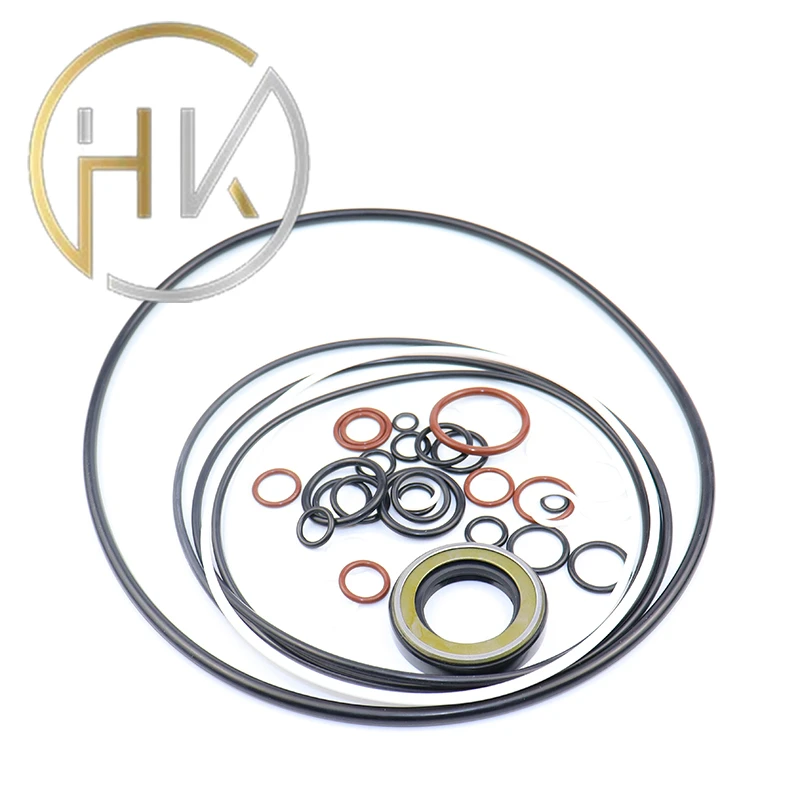окт . 02, 2024 05:12 Back to list
Hydraulic Cylinder Repair Kits for Efficient Maintenance and Reliable Performance
Hydraulic Cylinder Kits Repair A Comprehensive Guide
Hydraulic cylinders are crucial components in a variety of applications, from heavy machinery to automotive systems. They operate by converting hydraulic energy into mechanical force, enabling controlled movement. However, like any mechanical part, hydraulic cylinders can wear out or become damaged over time. This is where hydraulic cylinder repair kits come into play.
Understanding Hydraulic Cylinder Kits
Hydraulic cylinder repair kits typically include all the necessary components to perform a complete overhaul of the cylinder. These kits often contain seals, O-rings, wipers, and sometimes even replacement rods or pistons. By using a repair kit, you can restore the functioning of a faulty hydraulic cylinder without the need for complete replacement, saving both time and money.
Reasons for Repairing Hydraulic Cylinders
There are several reasons why hydraulic cylinders may require repair
1. Leakage One of the most common issues is fluid leakage due to worn seals or O-rings. This not only decreases efficiency but can also lead to environmental concerns.
2. Rod Damage The piston rod can suffer scratches or dents from external factors, leading to sealing failures.
3. Contamination Dirt and other contaminants can enter the hydraulic system if seals are compromised, leading to reduced performance and potential damage to other components.
hydraulic cylinder kits repair

Steps for Repairing Hydraulic Cylinders
Repairing a hydraulic cylinder using a repair kit is a straightforward process, but it does require careful handling and attention to detail. Here are the essential steps
1. Disassembly Begin by safely disconnecting the hydraulic cylinder from its system. Disassemble the cylinder carefully to avoid damaging any parts.
2. Inspection Thoroughly inspect all components for wear and damage. Pay special attention to the rod, seals, and internal surfaces.
3. Cleaning Clean all components, removing dirt and debris. This is crucial to ensure proper sealing and functionality after reassembly.
4. Replace Components Using the repair kit, replace all the worn or damaged parts, including seals, O-rings, and any other necessary components. Ensure that each part is properly seated in its designated position.
5. Reassembly Carefully reassemble the cylinder, making sure to follow the manufacturer’s specifications.
6. Testing After reassembly, reconnect the cylinder to its hydraulic system and perform pressure tests to ensure that it operates correctly without any leaks.
Conclusion
Maintaining hydraulic cylinders through the use of repair kits can significantly extend their lifespan and improve the efficiency of hydraulic systems. Regular inspections and timely repairs can mitigate the costs associated with hydraulic failures and downtime. By understanding the basics of hydraulic cylinder repair, professionals can ensure that their equipment remains in top working condition, ultimately contributing to smoother operations and improved productivity. Regular maintenance not only ensures operational efficiency but also enhances safety, making hydraulic system care an essential aspect of any machinery operation.
-
TCN Oil Seal Metal Ring Reinforcement for Heavy Machinery
NewsJul.25,2025
-
Rotary Lip Seal Spring-Loaded Design for High-Speed Applications
NewsJul.25,2025
-
Hydraulic Cylinder Seals Polyurethane Material for High-Impact Jobs
NewsJul.25,2025
-
High Pressure Oil Seal Polyurethane Coating Wear Resistance
NewsJul.25,2025
-
Dust Proof Seal Double Lip Design for Construction Equipment
NewsJul.25,2025
-
Hub Seal Polyurethane Wear Resistance in Agricultural Vehicles
NewsJul.25,2025
-
The Trans-formative Journey of Wheel Hub Oil Seals
NewsJun.06,2025
Products categories
















